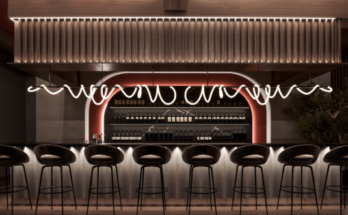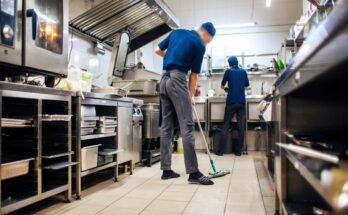Did you know that 128,000 Americans are hospitalized with a foodborne illness every year?
As a restaurant owner, you’ll understand the importance of everyday food safety. Illness prevention forms the backbone of any serious and professional culinary establishment.
If you want to meet your responsibilities, you must first understand the restaurant food safety regulations you’re required to follow. This guide explains 5 commercial kitchen safety rules you need to know.
Read on to learn more.
1. Train Your Employees
Staff members must adhere to safety measures to maintain a safe working environment. As an employer, it’s your responsibility to ensure the entire team has a deep understanding of commercial kitchen safety.
Your team is only as strong and safe as the member with the least amount of training. Enlist new employees in training programs and constantly review your procedures to keep health and safety procedures up to date.
2. Operate Equipment Safely
A commercial kitchen is full of potential hazards. On top of staff-wide basic training, you need to ensure your chefs are competent and safe with all the tools in their kitchen.
Prevent appliance failure by keeping electrics away from wet areas and calling in a professional to repair and maintain your appliances. Do not attempt to fix broken equipment by yourself.
Cooling logs are important because they ensure your freezers are working properly. This means your frozen goods are safe to eat, cutting the risk of food illness.
3. Create a Preventive Control Plan
All restaurants are required by the Food and Drug Administration (FDA) to have a documented preventative control plan. It should include food contamination risks and preventive procedures or controls to eliminate them.
Constantly review your preventative control plan to ensure it remains watertight, introducing new measures if needs be.
4. Maintain Good Housekeeping
The most effective kitchen safety procedures are built on great everyday housekeeping. It should be second nature for your staff to operate in a clean, tidy kitchen at all times. Good housekeeping practices also prevent cross-contamination and foodborne illness.
Thorough cleaning is essential for keeping contaminants out of the food. Floors should be mopped at the end of each shift, trash cans emptied and disinfected regularly, kitchen counters and walls wiped down, and tables sanitized after each use.
5. Keep Detailed Logs
To understand better kitchen safety at your restaurant, you’ll need to keep detailed logs of all your health and safety matters. This will include an incidents book, up-to-date risk assessments, and previous and upcoming inspections records.
If you need to assess your health and safety status or deal with an incident, your logbook will contain all the info you need.
Restaurant Food Safety Made Easy
Restaurant food safety is the foundation upon which a successful establishment is built. You want to create a sublime dining experience that generates consumer confidence and repeat custom.
By following these 5 regulations, you’ll create a strong culture of diligent food safety in your establishment. This will help solidify your brand as one to cherish and trust.
Did you enjoy this article? If so, we aim to inform, so check out the rest of our blog for loads more topics and discussion.




